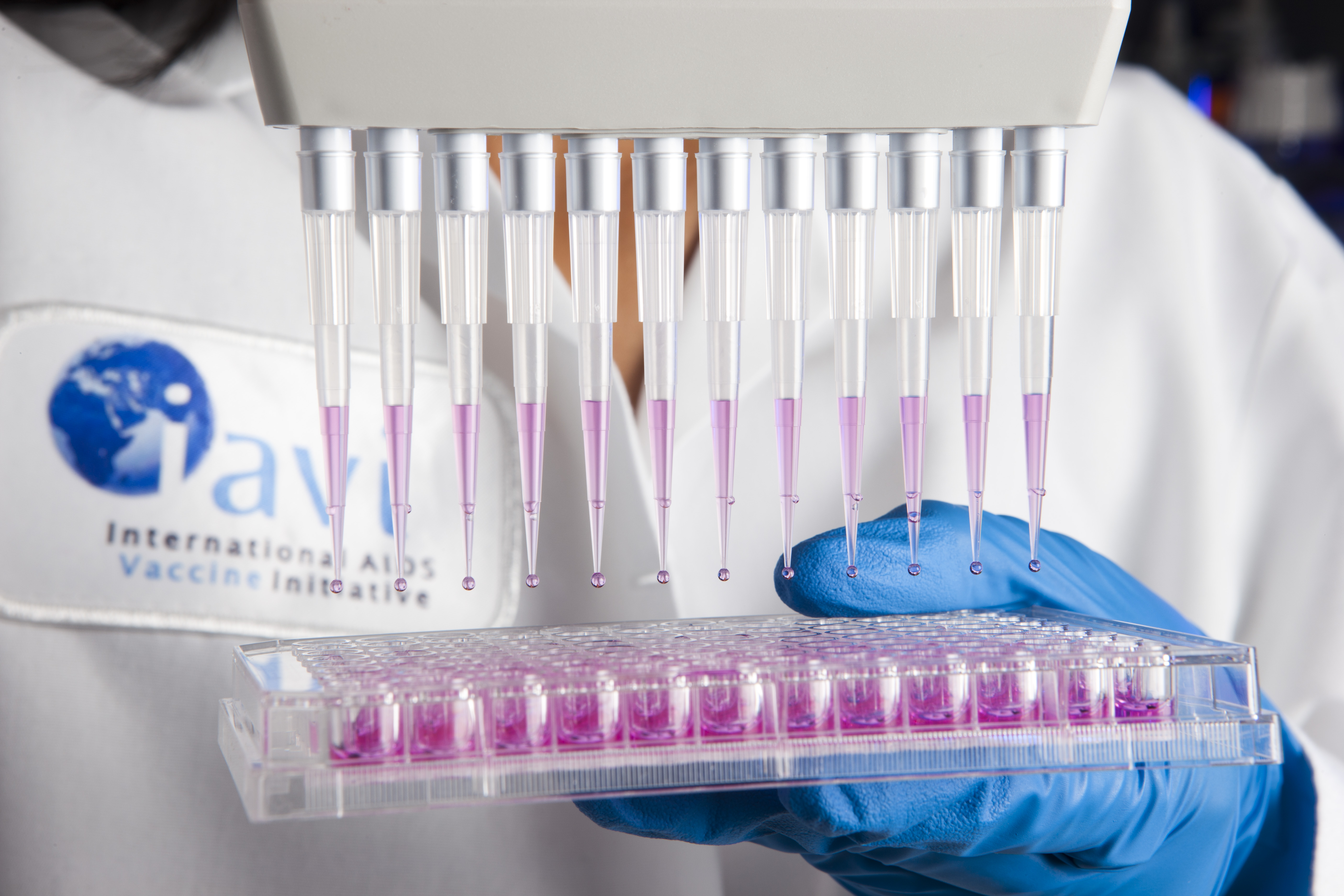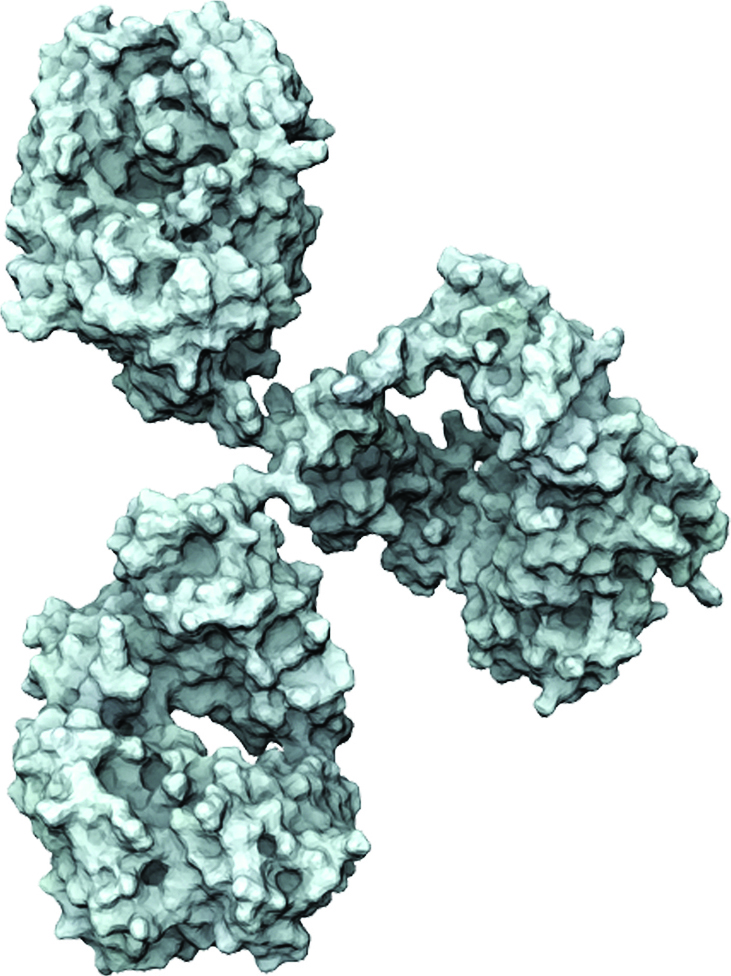
Thirty years into the epidemic, a vaccine is essential to help end AIDS. HIV has infected 78 million people worldwide and killed half of them. Despite laudable advances in treatment and prevention, 1.5 million people died from AIDS-related causes in 2013 and 2.1 million were newly infected. A vaccine could avert millions of new infections, and reduce both the lifetime financial burden of treatment and AIDS-related deaths, affording millions of people a better chance at a healthy and productive life.
 HIV mutates more rapidly than most other viruses, escapes immune responses, establishes persistent infection very quickly and hides in reservoirs from which it can strike again at any time. AIDS vaccine research has had its fair share of disappointing results, but recent progress is reinvigorating discovery and development efforts. Modified vaccine candidates and vaccination schemes will soon be entering clinical testing, aiming to improve strength, breadth and durability of protection.
HIV mutates more rapidly than most other viruses, escapes immune responses, establishes persistent infection very quickly and hides in reservoirs from which it can strike again at any time. AIDS vaccine research has had its fair share of disappointing results, but recent progress is reinvigorating discovery and development efforts. Modified vaccine candidates and vaccination schemes will soon be entering clinical testing, aiming to improve strength, breadth and durability of protection.
 Meanwhile, innovation and insights from cutting-edge research accelerate other approaches to an AIDS vaccine. One approach is to induce broadly neutralizing antibodies capable of preventing infection with most if not all of the many HIV strains. New atomic-level images of the virus alongside structural and computational biology are leading to vaccine designs that could elicit such broadly neutralizing antibodies. Other research is focused on T cells, with the aim to control existing infection and potentially even clear it. Finally, the prospect of decoding the human immune system and unraveling its fundamental rules of response now seems closer than ever, given new technologies of genetic and immune monitoring.
Meanwhile, innovation and insights from cutting-edge research accelerate other approaches to an AIDS vaccine. One approach is to induce broadly neutralizing antibodies capable of preventing infection with most if not all of the many HIV strains. New atomic-level images of the virus alongside structural and computational biology are leading to vaccine designs that could elicit such broadly neutralizing antibodies. Other research is focused on T cells, with the aim to control existing infection and potentially even clear it. Finally, the prospect of decoding the human immune system and unraveling its fundamental rules of response now seems closer than ever, given new technologies of genetic and immune monitoring.
The journey has been neither easy nor short, but continued innovation, the diversity of approaches, and the growing stream of exciting insights point to a robust global scientific effort. An AIDS vaccine will come and it will play its critical role in ridding the world of AIDS. And the innovation and advances that will help us achieve us an AIDS vaccine can transform vaccinology more broadly, leading to a whole new generation of vaccines for both communicable and non-communicable diseases. There is a great opportunity for the public and private sector alike to embrace the momentum and join this global effort.



